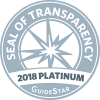Emotional Survival for Emergency Dispatchers
Learn how to mitigate the serious risk posed by 9-1-1 work-related stress.
*POST PLAN IV
New Dates Coming Soon
Check back in for new dates or email training@lacrtc.org for more information.
Background
The World Health Organization has called workplace stress “the health epidemic of the 21st Century” and estimates that it costs the United States up to 300 billion dollars per year. Unmanaged stress has been found to increase risks of depression, cardiovascular disease, ovarian cancer, fatigue, sleep disorders, and greater severity and incidence of viral infection.
Workplace stress has been linked to dangerous errors in judgment, lack of concentration, and malpractice claims in the medical professions. Emergency Dispatchers endure stress at levels higher than in most professions and now research specifically identifies that the risk of these 9-1-1 professionals experiencing traumatic stress disorders is significantly higher than for the general public.
Earlier in the history of the 9-1-1 industry, local and national leaders did not have the benefit of knowledge about the health and performance risks posed by 9-1-1 employees’ exposure to traumatic and chronic stress. Fortunately, scientific research has made those risks known. Implementation of this class is therefore an ethical duty which can also reduce health risks, PSAP operating expenses and legal liabilities. A comprehensive stress management class is also prudent as a preventive measure since the implementation of NG911 is predicted to significantly increase 9-1-1 Dispatcher’s stress.
Studies have identified significant benefits of employing stress management in other industries and vocations. In an innovative program originating from a joint venture between the National Institute of Occupational Safety and Health (NIOSH) and Corning, Inc., employees increased their skills to manage work related stress and experienced significant reductions in stress levels. Similar stress programs have also led to sharp reductions in healthcare claims among hypertensive employees. Studies also indicate significant impacts of stress management programs in hospitals, including drastic reductions in medication errors and malpractice claims. Other similar programs have produced improved attendance records among highway maintenance workers, and reduction in malpractice claims among hospital nurses. The stress reduction program elements included in this class are consistent with those proven successful in these other settings. Thus, participating PSAPs can expect comparable outcomes benefiting all 9-1-1 stakeholders.
Concern about the impacts of 9-1-1 work-related stress has increased in recent years among the membership of the National Emergency Number Association (NENA). Findings from Roberta Troxell’s research released in 2008 indicate that 16.3 percent of 9-1-1 Dispatchers may be at risk of Secondary Traumatic Stress Disorder (STSD). She found that nearly half of 9-1-1 Dispatchers in her study reported feelings of intense fear, horror and or helplessness in response to calls involving death or injury to members of field response teams, death or serious injury to children, and interactions with suicidal callers. Such reactions are evidence of exposure to traumatic events.
The risks and the costs of unmanaged stress are high for all 9-1-1 stakeholders—the 9-1-1 Dispatcher, the organization of the local PSAP, field responders who rely on dispatch personnel on scene, and for the public who depend on 9-1-1 for emergency service. Emotional Survival for Emergency Dispatchers offers the skills and evidence-based techniques to mitigate these risks, while contributing to lower costs associated with 9-1-1 work-related stress.
Executive Summary
This course has been designed to provide 9-1-1 emergency telecommunicators with the knowledge and tools necessary to mitigate the serious risk posed by 9-1-1 work-related stress. The tools and techniques taught in this course can be used by the dispatcher in any urgent field situation, challenging call, or routine citizen contact to enhance focus and alertness, increase stress resilience, and decrease the impact of secondary trauma.
Participants learn proven ways to:
- Identify where stress is impacting their work
- Rebound from job stress more quickly
- Stop negative thinking and relax anxiety
- Be more efficient so there’s more time to do what you really want to do
- Improve communication with supervisors,
- coworkers, and family
- Create a stress-reducing nutrition and exercise plan for increased energy
Course Information
Course Length: 1 day (8 hours)
POST Approval: California (POST Plan IV)
Cost/Tuition: $95
Max Class Size: 35 Students
Prerequisites: None
Recommended For: Dispatchers, Supervisors, Wellness Coordinators, Command Level Staff
About the Course Designer

Adam Timm spent over a decade as a 9-1-1 operator for the Los Angeles Police Department, where he pioneered a stress resilience program that contributed to a 45% decrease in sick time usage. After leaving the LAPD, Adam started his training company, “The Healthy Dispatcher,” to bring tools for resilience to this challenging profession. Adam learned course design and adult learning methodology through the California POST Instructor Development Institute, and has designed and presented POST-certified training classes since 2012.

